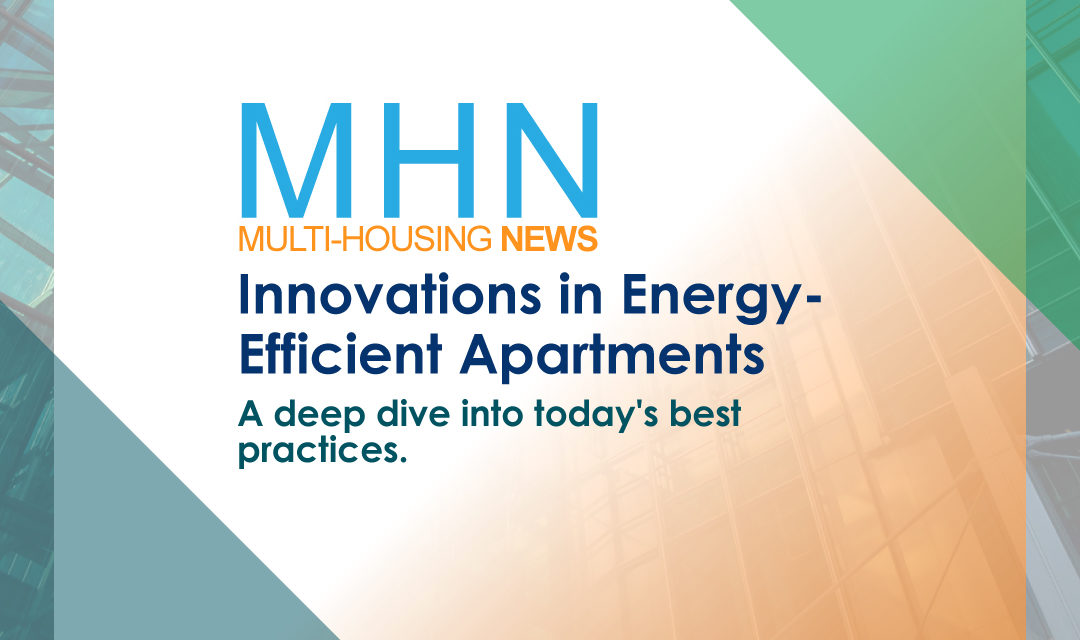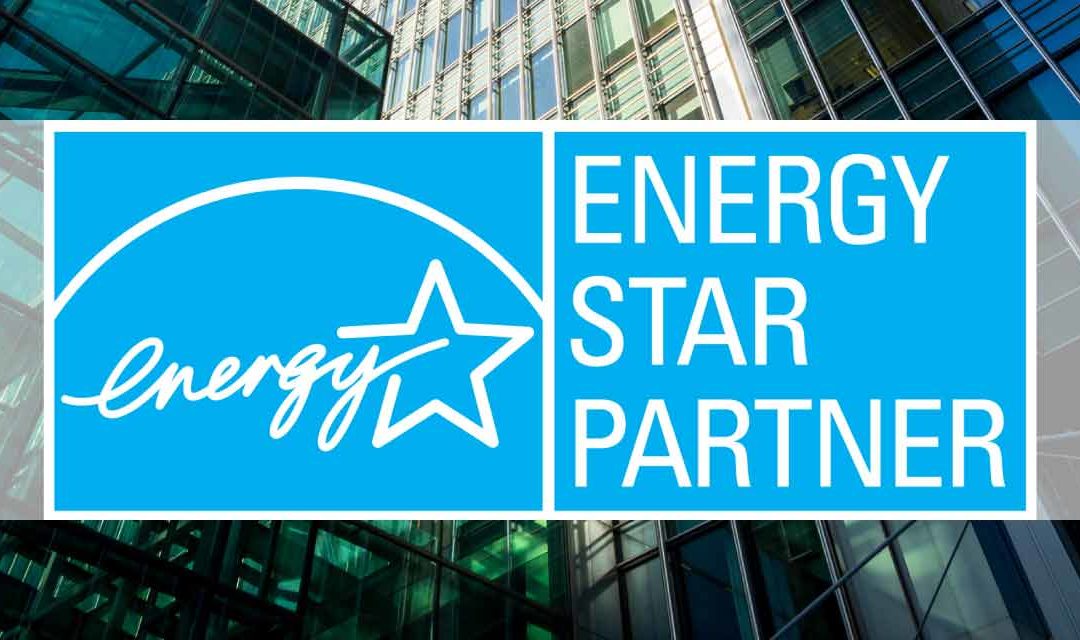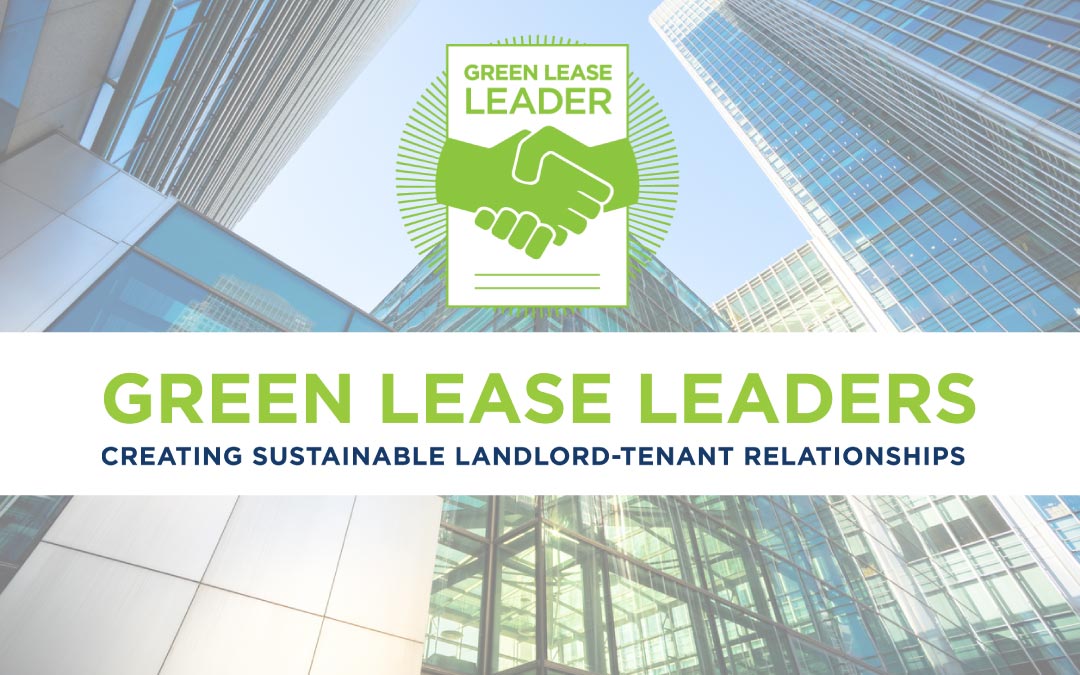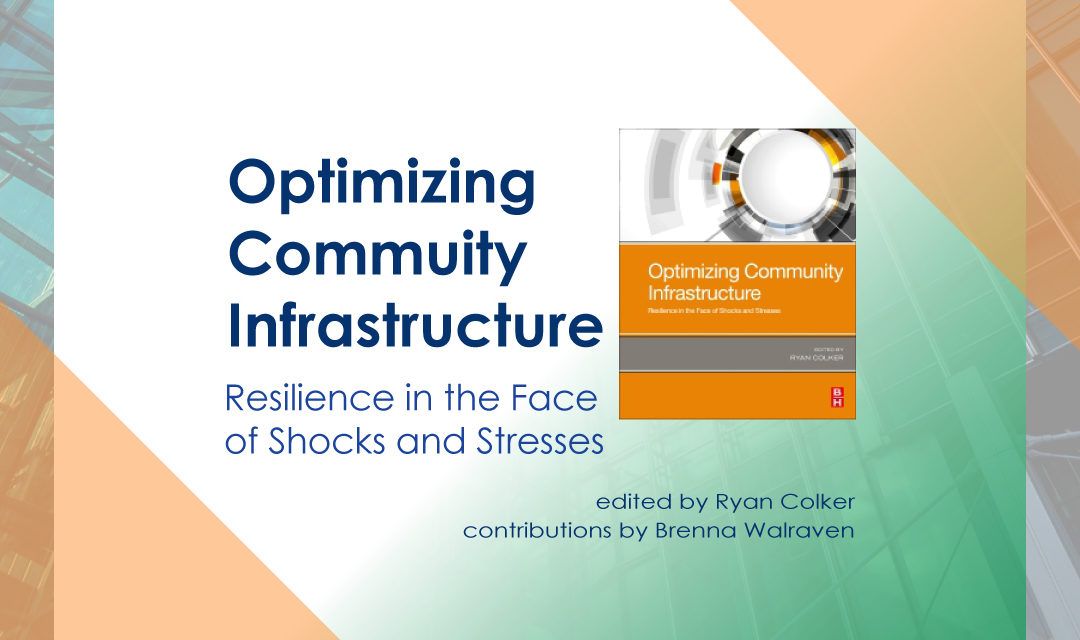
Sep 27, 2019 | Articles, Homepage
Multifamily operators face high expectations for reducing their properties’ carbon footprints and greenhouse gas emissions. A deep dive into today’s best practices.
By Gail Kalinoski
Faced with the urgency of reducing carbon footprints and greenhouse gases, multifamily operators are embarking on a new era of energy efficiency. No one-size-fits-all approach exists; strategies vary widely by location and multifamily category. Whether the community is a ground-up project or a vintage property, identifying the best tools demands a smart assessment.
Yet by all accounts, the investment of time and capital can pay handsome dividends. Comprehensive, cost-effective upgrades improve the energy efficiency of multifamily properties by 15 to 30 percent and save $3.4 billion in multifamily utility costs annually, the American Council for an Energy-Efficient Economy estimates. They also help properties stay competitive as tenants seek more sophisticated energy-efficient homes.
Coronel Apartments, a newly completed 54-unit community in the East Hollywood section of Los Angeles, is loaded with energy-efficient features – enough to ensure likely LEED Platinum certification. “Coronel optimizes energy performance with high-efficiency windows, boiler and solar hot water,” said John Arnold, partner at KFA Architecture, designer for the transit-oriented multifamily property developed by Hollywood Community Housing Corp. Also featured: all-LED light fixtures, certified sustainable flooring, low-emission insulation and locally sourced concrete aggregate.
While Arnold acknowledges that an affordable housing project doesn’t need to market its energy-efficiency efforts the way a market-rate development does, sustainability features are often used to promote affordable housing among non-profit organizations, politicians, funding agencies. BRP Cos., which specializes in affordable housing, workforce and market-rate housing, routinely installs programmable thermostats, Energy Star appliances, energy-efficient lighting, floor-to-ceiling Low-E windows and water conserving fixtures in its New York City-area projects.
“Most of our projects aspire to LEED Silver or greater,” noted Mary Serafy, managing director at BRP Cos. “These features provide significant operational savings for years to come.”
PUMPED UP
In 2010, BRP and Goldman Sachs Group Inc. unveiled plans for The Bradford, a 501-unit, mixed-use project which became the first affordable housing development in New York City to install a cogeneration power plant. BRP subsequently added cogeneration plants at three other New York City properties. The plants have cut operations costs and promoted easier maintenance. “In addition, we receive a discount on our electric bill since we are using a master meter, which we share with the tenants,” she said.
BRP recently completed The Crossing at Jamaica in Queens, a $400 million-plus, 699-unit mixed-use development. Economies of scale apply to energy efficiency measures, “The biggest difference relates to the housing and cooling of the buildings, “ Serafy observed.
Heat pumps and variable refrigerant flow systems are much more economical in large buildings than in smaller buildings, allowing for more enhanced efficiency. One strategy is to eliminate the traditional use of louvers for PTAC (packaged terminal air conditioners) or HVAC AC units, which provides for a much tighter building envelope,” Serafy noted.
The use of electric heat pumps is part of a broader move toward electrification in the multifamily sector, especially in places like California, but the technology has not yet achieved broad adoption. “The technology is there, but the market capacity isn’t. We need to build market capacity,” said Sean Denniston, senior project manager at the New Buildings Institute in Portland, Ore. Education, too, is needed, since many multifamily designers and contractors are unfamiliar with heat pumps.
“All electric multifamily is something that is going to be more common, a bigger part of their practice,” Denniston predicted. “Whether it is responding to regulatory pressures in California or (to) people who want to live in zero-carbon buildings, all-electric is going to be the way to do that.”
REGULATORY FACTORS
The multifamily sector is also feeling the impact of actions taken by lawmakers and regulators. “Multifamily is on the cusp of some fairly substantial changes being driven by policy…a lot of local jurisdictions, cities or states are beginning to look at carbon as the driving factor of their policies,” Denniston noted.
California, which has set a goal of relying solely on zero-emission energy sources for electricity and carbon neutrality by 2045, has a mandate requiring all new multifamily projects of three stories or fewer, as well as new single-family homes, to have solar panels beginning in 2020. The first-in-the-nation mandate offers some exceptions for small or shaded roofs. Energy-efficient technology can enable developers to meet the requirements in place of solar panels.
California’s solar mandate “is definitely a major consideration when planning for equipment on the roof,” said Arnold. Some larger developers are not only expanding the installation of rootop solar panels, but are also complementing those panels with battery storage, reported Brenna Walraven, president & CEO of Huntington Beach, Calif.-based Corporate Sustainability Strategies Inc.
Simon Aftalion, development director of Markwood Enterprises, a Beverly Hills, Calif.,-based real estate investment, management and development firm with multifamily properties in Los Angeles and New York City, said the solar requirements have led the firm to modify its approach to projects.
“Most of our projects require a ‘solar panel ready’ area – meaning we must give up the space for the solar panels and have the area ready to be hooked up as a solar component without needing to built it out right now,” he said.“However, as part of our sustainability efforts, we opted to have our solar-ready areas built out with the addition of panels to complete the area.”
Larger Los Angeles projects like Santa Monica Barrington, a 59,450-square-foot, 53-unit mixed-use property, and Melrose & La Brea, a 16,500-square-foot property that will have upscale rentals and retail, will be getting solar panels. Smaller projects like Dunsmuir Row and Elmwood Row, which have 14 and 13 units respectively, won’t have space for solar panels but will have other energy-saving features.
MILESTONES FOR MOBILIZATION
Another regulatory milestone in the energy efficiency movement arrived in April, when the New York City Council passed the Climate Mobilization Act. The far-reaching legislation requires large buildings, including condominiums and cooperatives, to cut greenhouse gas emissions 40 percent by 2030 and 80 percent by 2050.
As part of Local Law 97, fines will be levied for failure to comply. Some multifamily properties, including rent-regulated communities, will be subject to alternative requirements; like those operated by the New York City Housing Authority and multifamily properties of less than three stories or less with no central HVAC or hot water systems, will be exempt.
In Washington, D.C., the new Clean Energy DC Law expands mandatory benchmarking programs and makes it the first major U.S. city to require energy-efficiency upgrades. Multifamily and commercial properties that do not meet the standard will have five years to boost efficiency by 20 percent or take other measures to improve performance.
Another ramification of local mandates will be pushing developers to adopt strategies like Passive House and net zero operations. “Passive House principles are difficult to achieve at a large scale on tight urban sites with prescriptive orientations and adjacencies,” Arnold said. “Most energy efficiency is achieved through mechanical systems, insulated building envelopes, heat gain management and sustainable landscape practices.”
Nevertheless, Passive House will become more competitively priced as time goes on, and its principles are gaining traction. One prominent example is Sendero Verde, a $223 million mixed-use development in Manhattan’s East Harlem neighborhood. Developed by L+M Development Partners, Jonathan Rose Cos. and Acacia Network, the community will offer nearly 700 affordable housing units. Designed to use 60 to 70 percent less energy than similar buildings, Sendero Verde will be the nation’s largest Passive House project upon completion in 2021.
STANDARD PROCEDURES
Electric vehicle charging stations are rapidly becoming standard energy efficiency tools on the strength of both resident preferences and regulations requiring new development to offer EV stations for a percentage of units. Serafy said nearly all the BRP properties have EV charging spaces.
“We have seen increased demand in our attended parking lots, which require 20 percent of the spaces have charging stations,” Serafy said. Some municipalities setting a particularly high bar; San Francisco, for one, is requiring half of parking spaces in multifamily buildings to be wired for a charger.
That regulation is a departure from rules in other California cities which require a percentage of parking spaces to be EV-capable, providing a conduit from the space to an electrical panel, Denniston said. Providing for a future connection today will save multifamily operators an estimated $5,000 per space to add charging capabilities in the future as the market expands.
Markwood, which has begun incorporating fully- and semi-automated self-autonomous parking lots that stack more cars in smaller spaces, is making 20 percent of its spaces EV-ready with the capability for future retrofits. Santa Monica Barrington will have 82 EV stalls and others with EV charging stations include Elmwood Row, Dunsmuir Row, 9th & Hill and Melrose & La Brea.
Perhaps above all, EV stations offer a long-term competitive advantage. “We believe the EV offering will differentiate Markwood from other rental options and attract tenants with a commitment to sustainability and doing their part for the environment,” Aftalion said.
TRANSPARENT TRENDS
The growing movement toward benchmarking energy performance creates a new responsibility for operators and managers. Yet it also helps reduce risks and provides added transparency for to residents, prospects and investors. “Efficiency in the units is part of the sales pitch,” Walraven said, ticking off a list of popular energy-saving features: Energy Star-certified appliances, Wi-Fi enabled thermostats and LED lighting.
One noteworthy trend is combining energy efficiency and resiliency measures to prepare for natural disasters like floods, wildfires and earthquakes. Examples include moving HVAC and other equipment out of flood-prone basements and buying replacement components for essential equipment to get back online quickly after emergencies.
The good news is that Property Assessed Clean Energy (PACE) and Commercial Property Assessed Clean Energy (C-PACE) can be used for resiliency improvements too, Walraven said. The financing structure allows building owners to borrow money for the improvements and pay through an assessment on their property tax bills. But it is only available in jurisdictions with enabling legislation such as New York City, where the City Council passed a law allowing PACE financing.
Fannie Mae and Freddie Mac continue to offer incentives that offer lower loan rates in exchange for significant energy consumption reductions. By 2018, their green financing portfolios had grown to more than $50 billion for Fannie Mae and about $36 billion for Freddie Mac in 2018.
Walraven said she has seen a surge and growing in interest in “green bonds.” In June, Freddie Mac launched a new CMBS program securitized by workforce housing loans made through its Green Advantage program for investors seeking “green” bonds.
Read the October 2019 issue of MHN.

Apr 12, 2019 | Articles, Homepage
HUNTINGTON BEACH, Calif., (April 12, 2019) – The U.S. Environmental Protection Agency (EPA) and the U.S. Department of Energy (DOE) honored ENERGY STAR partners for their outstanding contributions to public health and the environment on April 11, 2019.
Awardees are comprised of Fortune 500 companies, commercial building owners and operators, and more. Winners have demonstrated national leadership in cost-saving energy efficient solutions.
Corporate Sustainability Strategies is proud to announce clients Hudson Pacific Properties, LBA Realty, and USAA Real Estate received honors. Hudson Pacific Properties and LBA Realty are first time winners and USAA Real Estate is seventeen-time winner for Partner of the Year for leadership and sustained excellence in energy management – the most for any real estate company.
“It’s an honor and privilege to work with such great organizations and leaders,” said Brenna Walraven, CEO, Corporate Sustainability Strategies, Inc. “These firms demonstrate what the business case for sustainability and energy efficiency looks like – finding new ways to save money, making their properties more comfortable, and more efficient, which in turn is better for tenants, employees, investors, and the environment.”
For more than 25 years, EPA’s ENERGY STAR program has been the United States’ resource for saving energy and protecting the environment. Since 1992, ENERGY STAR and its partners have helped save American families and businesses nearly 4 trillion kilowatt-hours of electricity and achieve over 3 billion metric tons of greenhouse gas reductions – all through voluntary action. In 2017 alone, ENERGY STAR and its partners helped Americans avoid $30 billion in energy costs.
Read more about the ENERGY STAR Awards and Award Winners’ achievements.
__________
About ENERGY STAR: ENERGY STAR® is the government-backed symbol for energy efficiency, providing simple, credible, and unbiased information that consumers and businesses rely on to make well-informed decisions. Thousands of industrial, commercial, utility, state, and local organizations—including more than 40 percent of the Fortune 500®—rely on their partnership with the U.S. Environmental Protection Agency (EPA) to deliver cost-saving energy efficiency solutions.
For more information, visit www.energystar.gov.
About Corporate Sustainability Strategies: Corporate Sustainability Strategies (CSS) is an independent commercial real estate sustainability and operations consulting firm, passionate about results. Services are client-centric, focused on driving enhanced financial, environmental, social and governance outcomes by designing and implementing cost effective sustainability strategies. Cumulatively, CSS clients represent over $100B in Assets under Managements and 500M sf of real estate. To date, client savings exceeds $30M. Clients include office, industrial, retail, multi-family, hotel, storage, healthcare, and development asset types.
For more information, visit www.corporatesustainabilitystrategies.com.
download press release
###

Feb 11, 2019 | Articles
Corporate Sustainability Strategies Appointed Green Lease Leaders Supporting Partner by U.S. Department of Energy Better Building Alliance and Institute for Market Transformation
HUNTINGTON BEACH, Calif., (Feb. 11, 2019) – Corporate Sustainability Strategies (CSS), a sustainability and operations consulting firm specialized in driving enhanced financial returns by designing and implementing cost effective, value creating sustainability strategies, announced they have been appointed as a Green Lease Leaders (GLL) Supporting Partner by U.S. Department of Energy (DOE) Better Building Alliance and Institute for Market Transformation (IMT).
DOE’s Better Building Alliance and IMT initiated the GLL program in 2013 by to define green or “energy-aligned” leases; recognize pioneering tenants and property owners who add energy and water-saving clauses to their leases; recognize real estate brokers who facilitate green lease transactions; and drive higher building energy performance in commercial, retail, and industrial buildings.
Historically, real estate owners and tenants have had difficulty integrating sustainability into the lease process due to tension between owners and tenants over responsibilities and cost-sharing arrangements. The GLL program is helping to break through these barriers by proving that a wide variety of companies are already incorporating green lease language into their portfolio and by demonstrating replicable solutions that can be employed by others.
As a GLL Supporting Partner, CSS will work to advance the goals of the program with clients and other audiences. GLL recognizes forward-thinking companies and real estate practitioners who break down barriers to high-performance buildings by revolutionizing leases to incorporate energy efficiency and sustainability. Currently, there are 31 recognized GLL organizations, representing over 1 billion SF of commercial space and $24M annual energy cost savings.
download press release
__________
About Corporate Sustainability Strategies: Corporate Sustainability Strategies (CSS) is an independent commercial real estate sustainability and operations consulting firm, passionate about results. Services are client-centric, focused on driving enhanced financial, environmental, social and governance outcomes by designing and implementing cost effective sustainability strategies. Cumulatively, CSS clients represent over $100B in Assets under Managements and 500M sf of real estate. To date, client savings exceeds $30M. Clients include office, industrial, retail, multi-family, hotel, storage, healthcare, and development asset types.
For more information, visit www.corporatesustainabilitystrategies.com.
About Green Lease Leaders: Green Lease Leaders recognizes forward-thinking companies and real estate practitioners who break down barriers to high-performance buildings by revolutionizing leases to incorporate energy efficiency and sustainability.
For more information, visit www.greenleaseleaders.com.
###

Jun 26, 2018 | Articles
If there’s one predictor of success in commercial real estate, it’s finding a mentor to show you the ropes. Learning from an established professional is a great way to develop as a manager and gain new skills.
This is especially critical if you’re a woman entering a traditionally male-dominated field like commercial real estate, according to a panel of women at the BOMA International annual conference – and later, when you’ve gained seniority in your field, it’s on you to nurture the next generation of property professionals.
“It’s important as women that we look for opportunities to mentor and give back,” said Brenna Walraven, BOMA Fellow and past BOMA Chair. “Mentoring is hard. It takes time. You’re a leader with a busy schedule and it’s hard to find time to sit down and say ‘Let’s walk through that,’ but it’s something we should all be thinking about.”
Read the full article by Janelle Penny for BUILDINGS.com.
About Buildings
BUILDINGS.com is a community of facility managers and building owners responsible for the operation of commercial and public buildings. The site offers the latest news, archived articles, research and newsletters on facility management. Users of BUILDINGS.com include professionals in Business Development and Management firms, Office, Education, Healthcare, Retail, Hospitality and Government. These professionals are involved in the development, construction, modernization, and management of buildings.
Learn more about BUILDINGS.com here.
About BOMA International
BOMA is a federation of U.S. associations and 18 international affiliates. BOMA represents the owners and managers of all commercial property types including nearly 10.5 billion square feet of U.S. office space that supports 1.7 million jobs and contributes $234.9 billion to the U.S. GDP. Its mission is to advance a vibrant commercial real estate industry through advocacy, influence and knowledge. BOMA International is a primary source of information on building management and operations, development, leasing, building operating costs, energy consumption patterns, local and national building codes, legislation, occupancy statistics, technological developments and other industry trends.
Learn more about BOMA here.






